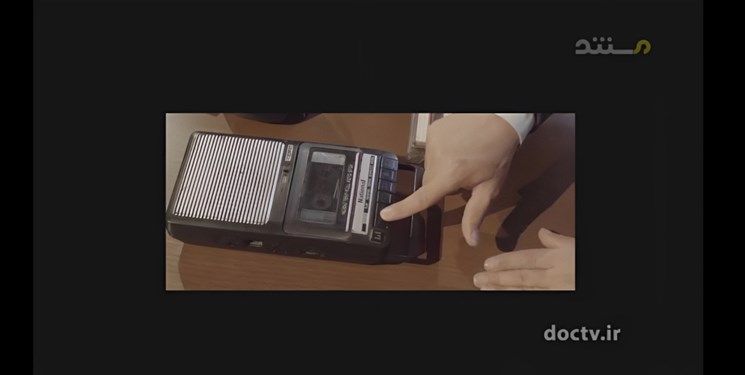The most important archival information of the Pahlavi era was made available to documentary makers

According to Fars news agency, the oral history projects at Harvard University and Iran Studies Foundation were ready and made available to history researchers and documentary makers in the documentary network.
Hoda Mousavi, a history scholar and researcher, said: In the winter of 2018, to complete the documentary research of “Savak” directed by Yousef Jafari, I happened to come across the collection of oral history of Iran at Harvard University and the oral history of Iran Studies Foundation. After listening to all the voices, we came to the conclusion with a plan by Youssef Jafari to prepare a content and time list of all the existing tapes from these two projects for preservation in the archive of the documentary network so that researchers and documentary makers can access this treasure of contemporary history. find
He added: The beginning of the research and compilation of this list was in August 2019, and some time after that, a group of translators started to translate the non-Persian interviews and we were able to check the conversations of more than 250 people.
This researcher said: In the first stage, the cassettes of both projects were categorized and the statistics of the number of tapes were prepared. More than 100 characters were available from the Oral History Project of Iran at Harvard University and 150 characters from the Oral History Project of the Iranian Studies Foundation. After preliminary investigations, I prioritized work with the Iranian Oral History Project at Harvard University.
Mousavi stressed about the reason for this choice: I had several reasons for this choice; First, the interviewers often did not express their opinion during the interview, nor did they simply confirm or deny the opinions of the interviewee. The second reason was the high ability of the interviewers to provide new historical information of the interviewee; And finally, the third reason was the desire of the interviewer to express information and record in history. Before the interview, an agreement was signed between the interviewee and the university, according to which the recorded information would remain silent as long as the interviewee wished, and the university was obliged to keep the information confidential for as long as they wanted; Maybe this factor caused the narrator to be more willing to record information.
This researcher added: The oral history project of Iran at Harvard University, under the management of Habib Lajordi, started in September 1360 from the Middle East Studies Center of Harvard University, and currently, its tapes and texts are available on the website of this university. The oral history project of Iran Studies Foundation also started working with a little delay from Harvard University. Its design was keyed through the efforts of Mahnaz Afkhami and Gholamreza Afkhami, and it is now available to the audience on the website of this foundation.
According to Mousavi, most of the interviews were conducted in two stages. In the first stage, the interviewer reviewed the background and specific stages of the narrator’s life based on the knowledge and data collected and with the cooperation of the interviewee; The second stage included the main interview and basic questions were asked. The most important feature of all interviews is their individuality. In both projects, the prevailing public space is well narrated. The role of the court in the events, presenting a picture of the nobles of that era, stating the facts from inside the ruling body, knowing about the economic plans, the emergence of the grounds of people’s dissatisfaction and the causes of the fall of the Pahlavi regime are well explained.
Referring to another stage of his work, he said: The second stage of my work was entering information. The information was arranged according to the alphabetical list of interviewees and the information of each person was classified according to the subject list in the order of strips. The list of these interviews is arranged in two Excel files, each of which has four shots with the titles of Persian interviews, non-Persian interviews, personality analysis of Persian interviews and personality analysis of non-Persian interviews.
This researcher added: Our effort was to present a flawless work to researchers so that they can have quick and better access. I hope this goal has been achieved and this effort will be noticed by researchers and documentary makers interested in the history of Iran and Fatah Babi. He said: These lists are available in the documentary network and researchers and documentary makers can refer to the archives of the documentary network to use them.
end of message/
You can edit this article
Suggest this article for the first page

